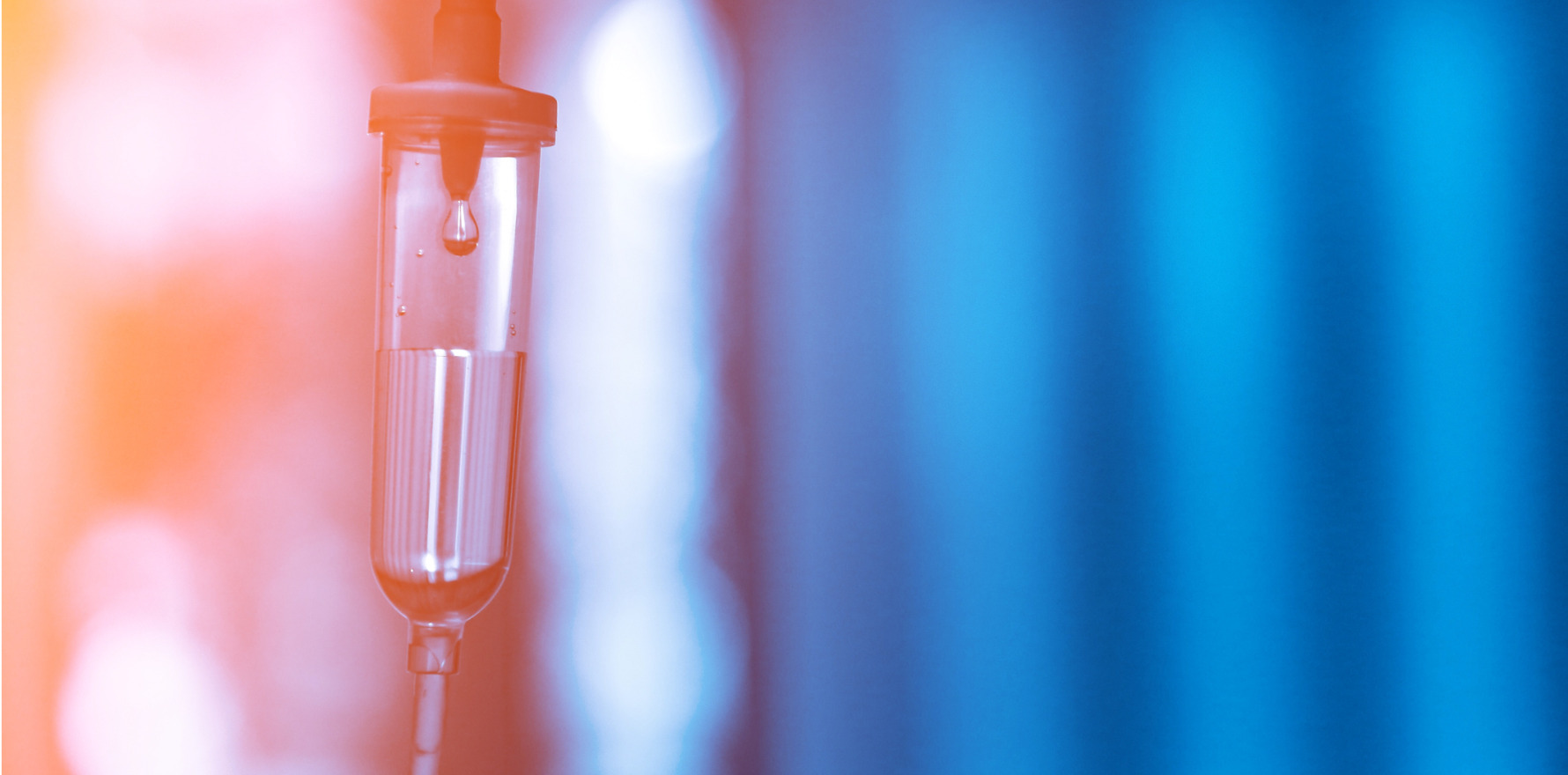Encouraging findings from a trial of intravenous immunoglobulin in dermatomyositis patients suggest the therapy could be used more broadly.
Encouraging findings from a randomised placebo-controlled trial of intravenous immunoglobulin in dermatomyositis patients suggest the therapy could be used more broadly.
Around three-quarters of the patients given intravenous immunoglobulin (IVIG) experienced at least minimum improvement in disease activity, compared with less than half in the placebo group.
However, there were safety concerns, with several patients experiencing thromboembolic events.
“This is an important study, as myositis is an understudied condition with very few therapies for this disease having RCT level evidence, although this is gradually changing,” said consultant rheumatologist Dr Jessica Day of Royal Melbourne Hospital.
“While venous thromboembolism is certainly a concern, IVIG is clearly efficacious and has a number of important advantages as it can be given concomitantly with other agents and it is immunomodulatory rather than immunosuppressive, meaning that infections are less of a concern,” said Dr Day, who also leads translational work in myositis at the Walter and Eliza Hall Institute.
Dermatomyositis is an uncommon condition, affecting around 20 people per million. However, it’s associated with significant morbidity and healthcare utilisation.
IVIG is currently approved in Australia for dermatomyositis, but only for patients with severe muscle weakness or dysphagia that is unresponsive to steroids and other immunosuppressive agents.
The 16-week multi-centre trial, published in NEJM, allocated 95 patients to receive 2g/kg of IVIG or placebo every four weeks. All patients had symmetric proximal muscle weakness and typical skin rash at baseline and had definite or probable dermatomyositis according to criteria of Bohan and Peter.
After the initial 16 weeks, all patients were continued on an open-label extension up to 40 weeks, receiving 2g/kg IVIG every four weeks for another six infusion cycles.
The measure used for the primary endpoint was total improvement score (TIS), a weighted composite score reflecting change in myositis activity over time. It ranges from 0 to 100, with higher scores meaning greater improvement.
The primary endpoint was a TIS of 20 or higher at 16 weeks, indicating at least minimal improvement, and no confirmed deterioration up to that point.
At 16 weeks, 79% of the IVIG patients had a TIS of at least 20, compared with 44% of the placebo group (p<0.001). Secondary endpoints, including at least moderate improvement (TIS at least 40) and major improvement (TIS at least 60), muscle strength and skin rash, also trended in the same direction. At 40 weeks, the patients who’d switched from placebo to IVIG had a similar mean TIS to those in the IVIG group.
The most common IVIG-related adverse events were headache, pyrexia and nausea. Serious events occurred in both groups, affecting three patients in the IVIG group and two in the placebo group. There were no deaths.
Six of the 47 IVIG patients experienced thromboembolic events over the course of the trial, attributed to the IVIG treatment in five cases. After modifying the protocol to reduce the maximum infusion rate of the IVIG, the incidence of thromboembolic events was reduced.
“Venous thromboembolism is a known potential serious side effect of IVIG, and I think it is good to be reminded of this, particularly as dermatomyositis patients may have other factors that increase their risk – for example, immobility, poorly controlled systemic inflammation or malignancy,” said Dr Day.
“It’s reassuring that this risk may be minimised by slowing the rate of the infusion in addition to using the lowest practicable dose. As with any drug, it is important to weigh up the risk benefit ratio for each patient.”
Dr Day pointed out that one of the strengths of the study is that it sought to evaluate dermatomyositis patients only.
“Much of the previous literature lumps this condition in with other subtypes of myositis which have very different pathophysiological mechanisms,” said Dr Day.
“Having said that, autoantibody profiling was not performed in all patients, which is a limitation, as we know dermatomyositis itself is a heterogeneous condition and autoantibodies correlate with specific phenotypes.”
Another limitation, she said, was the primary endpoint being a composite weighted more towards muscle-related features.
“Future studies should also evaluate skin-dominant or clinically amyopathic dermatomyositis subtypes and evaluate the role of IVIG in other severe end organ manifestations, such as myositis-related interstitial lung disease.”


